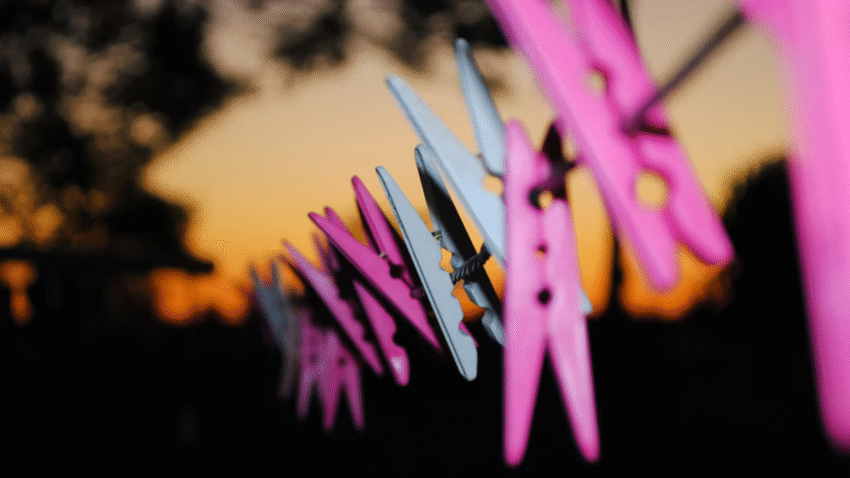Introduction
Few laundry day problems are more frustrating than a washer that won’t spin. Not only do your clothes come out soaking wet, but you also face longer drying times and possible damage to your machine. Learning how to troubleshoot a washer that won’t spin can save you time, money, and the inconvenience of waiting for a repair appointment.
Why a Washer’s Spin Cycle Matters
The spin cycle is designed to remove excess water from your clothes after washing. Without it, laundry stays heavy, damp, and may even develop a musty smell if left too long.
Common reasons your washer may not spin include:
- Unbalanced loads
- Clogged drains
- Worn or broken belts
- Faulty lid switches or door latches
- Motor or control board issues
Troubleshooting can help you determine whether it’s a quick fix or a problem that needs professional repair.
Step-by-Step Guide to Troubleshooting a Washer That Won’t Spin
1. Check the Load Balance
What to do:
- Open the washer and redistribute clothes evenly around the drum.
- Remove heavy items if the load is too large.
Why it works:
Unbalanced loads cause the washer to stop spinning for safety reasons. This is common when washing bulky items like blankets or towels together.
2. Inspect the Lid Switch or Door Latch
What to do:
- On top-load washers, the lid must be fully closed for spinning to start. Check if the lid switch clicks when pressed.
- On front-load washers, ensure the door latch is engaging properly and not broken.
Why it works:
If the switch or latch is faulty, the machine won’t spin as a safety precaution.
3. Make Sure the Washer Is Level
What to do:
- Use a spirit level to check the washer’s balance.
- Adjust the legs until the washer is level on all sides.
Why it works:
A tilted machine can trigger sensors that stop the spin cycle to prevent damage.
4. Check for Drainage Problems
What to do:
- Run a drain cycle to see if water is being removed.
- Inspect the drain hose for kinks or clogs.
- Clean the pump filter if your washer has one.
Why it works:
If water can’t drain properly, the washer won’t spin. Standing water in the drum is a clear sign of a drainage issue.
5. Examine the Drive Belt
What to do:
- Unplug the washer and remove the back panel.
- Check the belt for wear, cracks, or looseness. Replace if necessary.
Why it works:
The drive belt connects the motor to the drum. If it’s damaged, the drum won’t spin even though the motor runs.
6. Test the Motor
What to do:
- Listen for humming or buzzing noises during the spin cycle.
- If the motor is silent, it may have failed or not be receiving power.
Why it works:
The motor powers the spin function. If it’s burnt out or faulty, the drum won’t turn.
7. Inspect the Control Board or Timer
What to do:
- If all mechanical parts check out, the problem may be electrical.
- Look for burnt marks, loose wiring, or damaged components on the control board.
Why it works:
The control board tells the washer when to spin. If it’s faulty, the signal won’t reach the motor.
Common Mistakes to Avoid
Mistake 1: Ignoring Small Problems
Solution: If the washer occasionally fails to spin, investigate immediately before the issue worsens.
Mistake 2: Overloading the Drum
Solution: Follow your washer’s load size recommendations to avoid unbalanced cycles.
Mistake 3: Skipping Maintenance
Solution: Clean the drain pump filter and check hoses regularly to prevent clogs.
Mistake 4: Attempting Complex Repairs Without Experience
Solution: For motor or control board issues, call a professional to avoid electrical hazards.
Mistake 5: Not Unplugging Before Inspection
Solution: Always disconnect power before opening or working on your washer.
Extra Laundry Tips & Hacks
- Run a monthly cleaning cycle with vinegar to prevent buildup that can affect performance.
- Keep a basic tool kit in your laundry room for quick fixes.
- If you wash heavy items, pair them with lighter clothes to help balance the load.
- Related guide: Check out our article on “How to Maintain a Washer and Dryer for Longer Life” for preventive care tips.
Conclusion
A washer that won’t spin doesn’t always mean it’s time for a replacement. By checking the load balance, inspecting key parts like the lid switch and drive belt, and ensuring proper drainage, you can often fix the problem yourself. However, if the issue involves the motor or control board, a professional repair may be the safest option.
Bonus Tip: Keep a maintenance log so you can track when issues occur—this makes troubleshooting easier in the future.
Bookmark this guide for quick reference the next time your washer refuses to spin.
